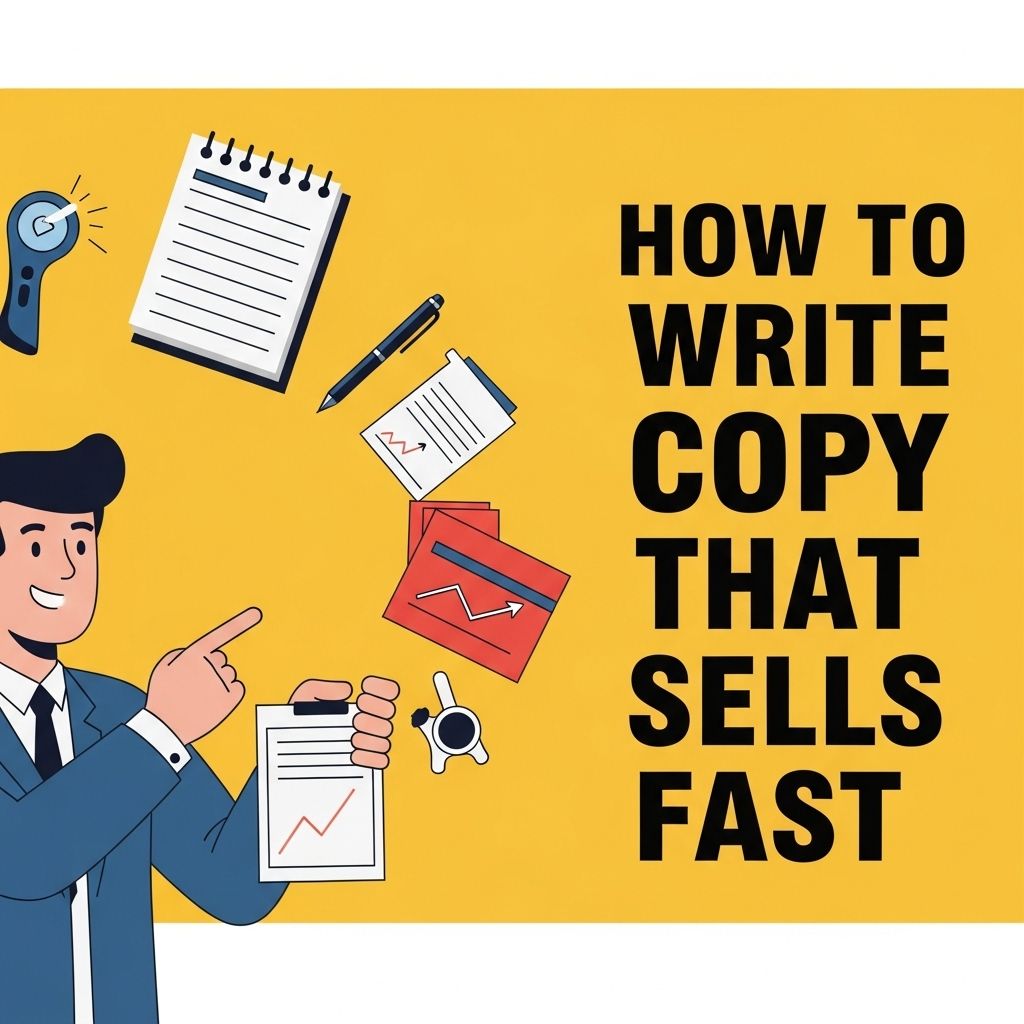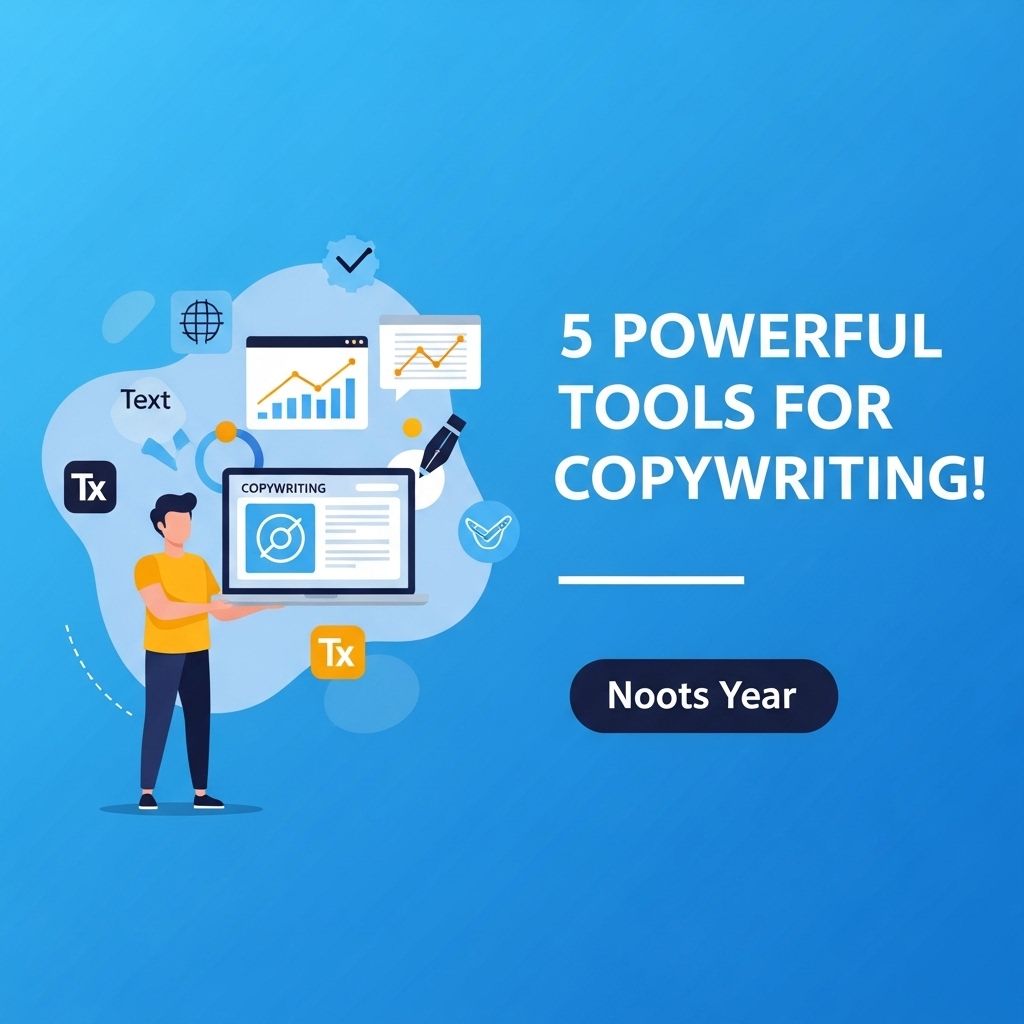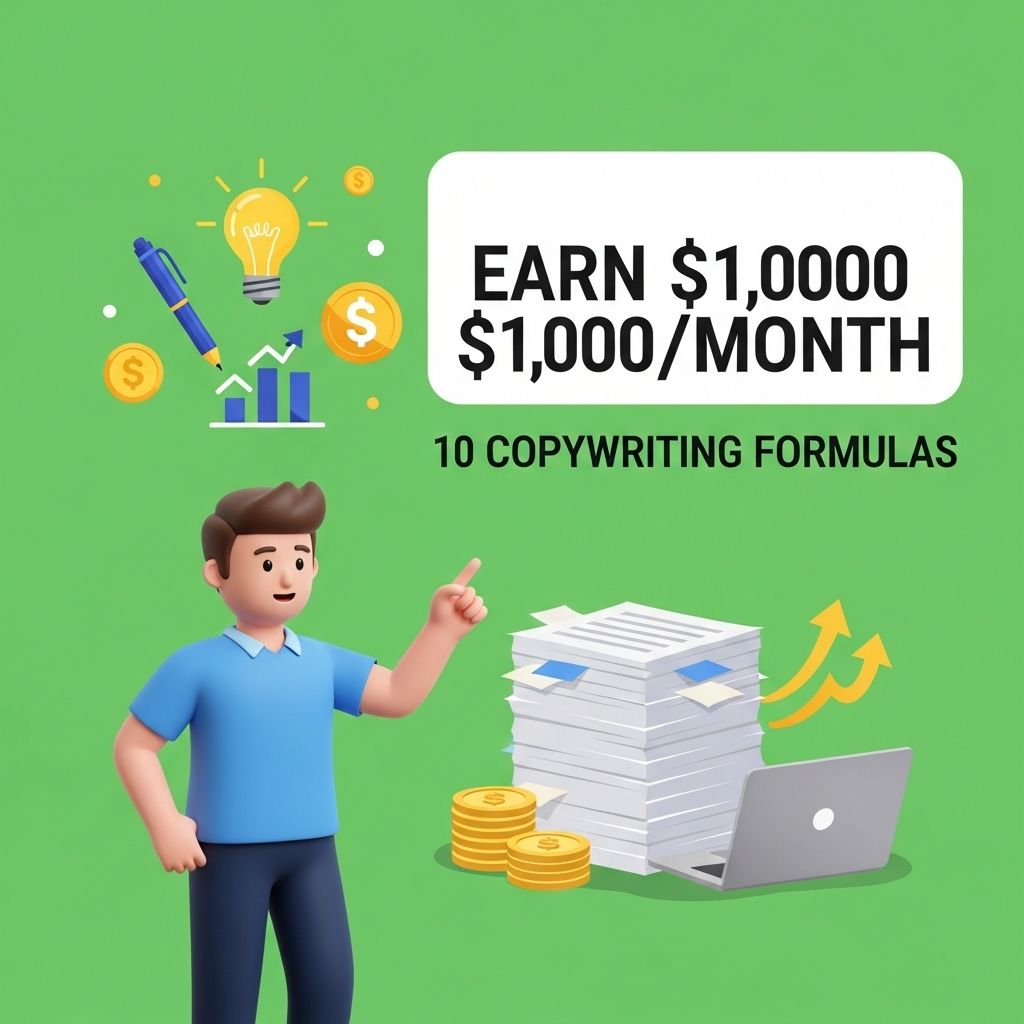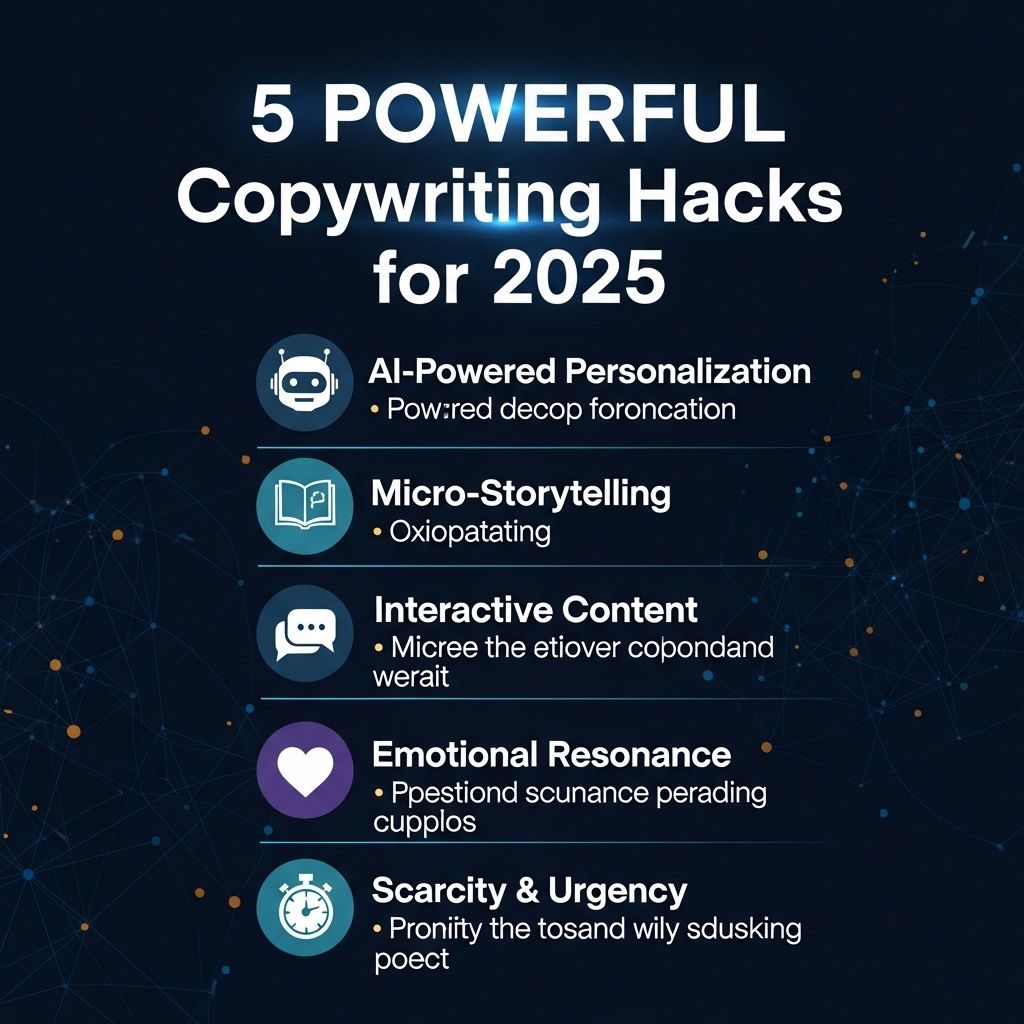In the digital age, the ability to craft compelling copy that converts is essential for any business aiming to thrive online. Whether it’s for a landing page, email campaign, or social media advertisement, the words you choose can make or break a sale. Let’s explore the fundamental principles of writing copy that sells effectively and quickly.
Understanding Your Audience
Before you put pen to paper (or fingers to keyboard), it’s crucial to understand your target audience. Knowing who you’re writing for can significantly influence how you construct your messaging. Here are a few steps to define your audience:
- Demographic Analysis: Age, gender, location, and occupation.
- Psychographic Insights: Interests, values, and lifestyle choices.
- Behavioral Patterns: Purchasing habits and brand loyalty.
Creating Buyer Personas
Creating detailed buyer personas can help you visualize your audience. A buyer persona should include:
- Name and age
- Job title and income
- Goals and challenges
- Preferred channels of communication
The Power of a Strong Headline
Your headline is the first thing potential customers will see, and it can determine whether they engage with your content or move on. An effective headline should:
- Grab attention
- Convey a clear benefit
- Invoke curiosity
Types of Headlines
Here are some powerful headline formulas you can use:
| Template | Description |
|---|---|
| How to… | Provides a solution or advice (e.g., How to Increase Your Productivity). |
| The Surprising Secret of… | Encourages curiosity (e.g., The Surprising Secret of Effortless Weight Loss). |
| Discover… | Invites exploration (e.g., Discover the Best Tools for Remote Work). |
Crafting Compelling Body Copy
Once your audience is hooked with your headline, the body copy needs to sell the product or service effectively. Here are a few tips to enhance your body copy:
Use the AIDA Model
The AIDA model stands for Attention, Interest, Desire, and Action. Here’s how to implement it:
- Attention: Start with a provocative statement or question.
- Interest: Discuss the benefits of your product.
- Desire: Create a sense of urgency or exclusivity.
- Action: Include a strong call to action.
Highlight Benefits Over Features
Customers are more interested in how a product can improve their lives than its technical specifications. Focus on:
- What problems your product solves
- How it can enhance the user’s experience
- The long-term benefits of using it
Injecting Authenticity and Emotion
People buy based on emotions and justify with logic. To tap into your audience’s emotions:
Storytelling Techniques
Incorporate storytelling elements into your copy. A compelling story can evoke feelings and connect with your audience on a deeper level. Consider:
- Using real-life testimonials
- Sharing personal anecdotes
- Creating relatable scenarios
Creating a Sense of Urgency
To drive quick sales, it’s vital to create a sense of urgency. Here are several strategies:
- Limited-Time Offers: “Only available for the next 24 hours!”
- Scarcity Tactics: “Only 5 items left in stock!”
- Exclusive Deals: “Members-only discounts!”
Effective Calls to Action
Your call to action (CTA) is the final nudge you give to encourage a purchase. A strong CTA is:
- Clear and concise
- Action-oriented
- Visually distinct
Examples of Effective CTAs
Consider these powerful CTAs:
- “Get Started Now!”
- “Claim Your Free Trial!”
- “Join the Community Today!”
Testing and Optimization
Once you’ve crafted your copy, it’s vital to test and optimize it for maximum effectiveness. Here’s a basic approach:
A/B Testing
Conduct A/B testing to compare two versions of your copy. Track metrics such as:
- Click-through rates
- Conversion rates
- Engagement levels
Conclusion
Writing copy that sells fast is an art that combines understanding your audience, crafting compelling messages, and creating a sense of urgency. By implementing the strategies outlined in this article, you can significantly enhance your copywriting skills and improve your sales outcomes. Remember to keep iterating and refining your approach based on feedback and results. Happy writing!
FAQ
What are the key elements of copy that sells?
The key elements include a compelling headline, clear value propositions, emotional appeal, strong calls to action, and social proof.
How can I identify my target audience for effective copywriting?
Identify your target audience by researching demographics, interests, pain points, and behaviors through surveys, social media insights, and market analysis.
What role does storytelling play in persuasive copywriting?
Storytelling engages readers emotionally, builds connections, and makes your message more relatable, ultimately increasing the likelihood of a sale.
How important is a strong call to action in sales copy?
A strong call to action is crucial as it directs the reader on what to do next, motivating them to take immediate action, whether it’s making a purchase or signing up.
What are some common mistakes to avoid in sales copywriting?
Common mistakes include using jargon, being too vague, neglecting the audience’s needs, ignoring formatting for readability, and lacking a clear call to action.
How can I test the effectiveness of my sales copy?
You can test effectiveness by using A/B testing, analyzing conversion rates, gathering feedback, and monitoring engagement metrics to see what resonates best with your audience.




